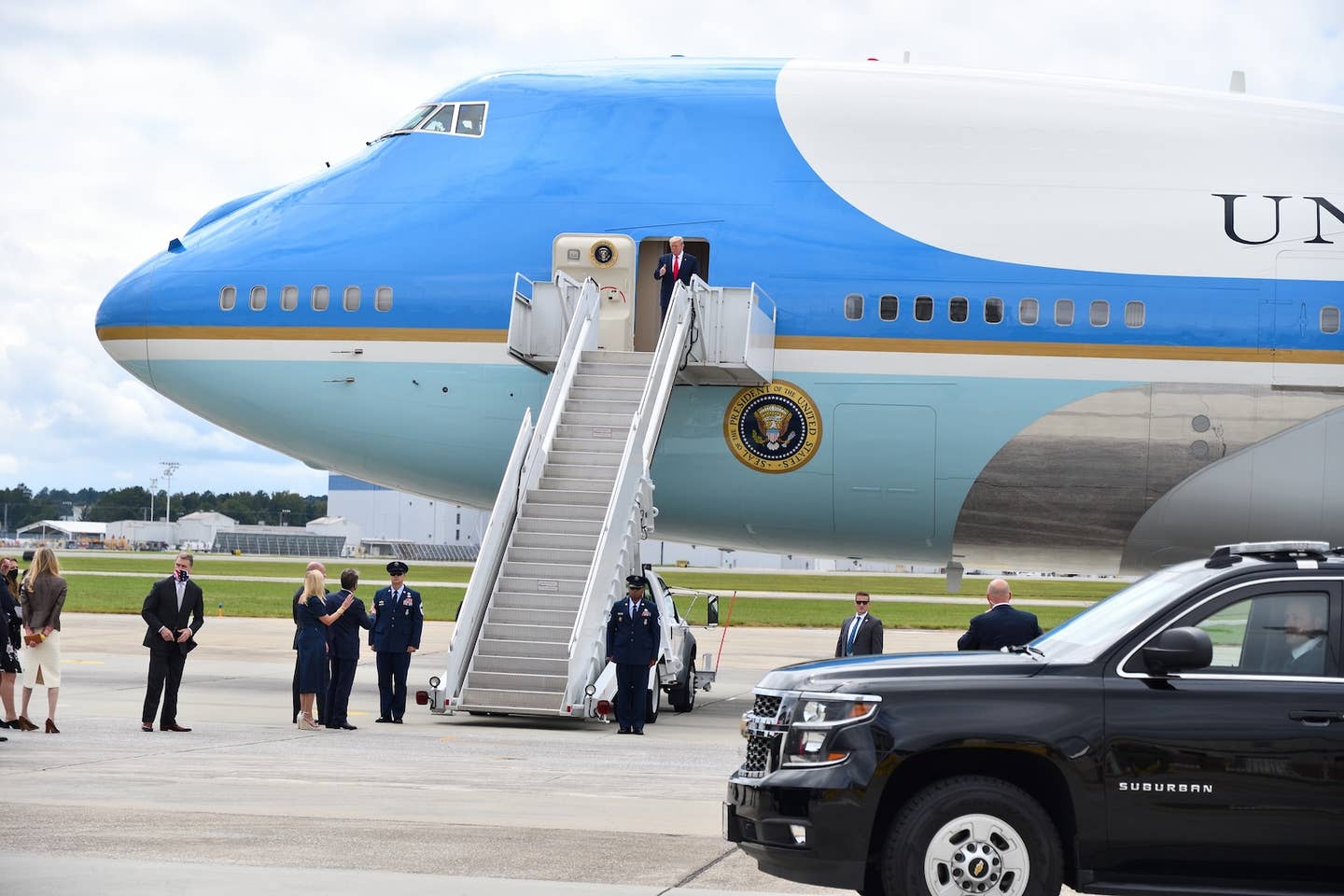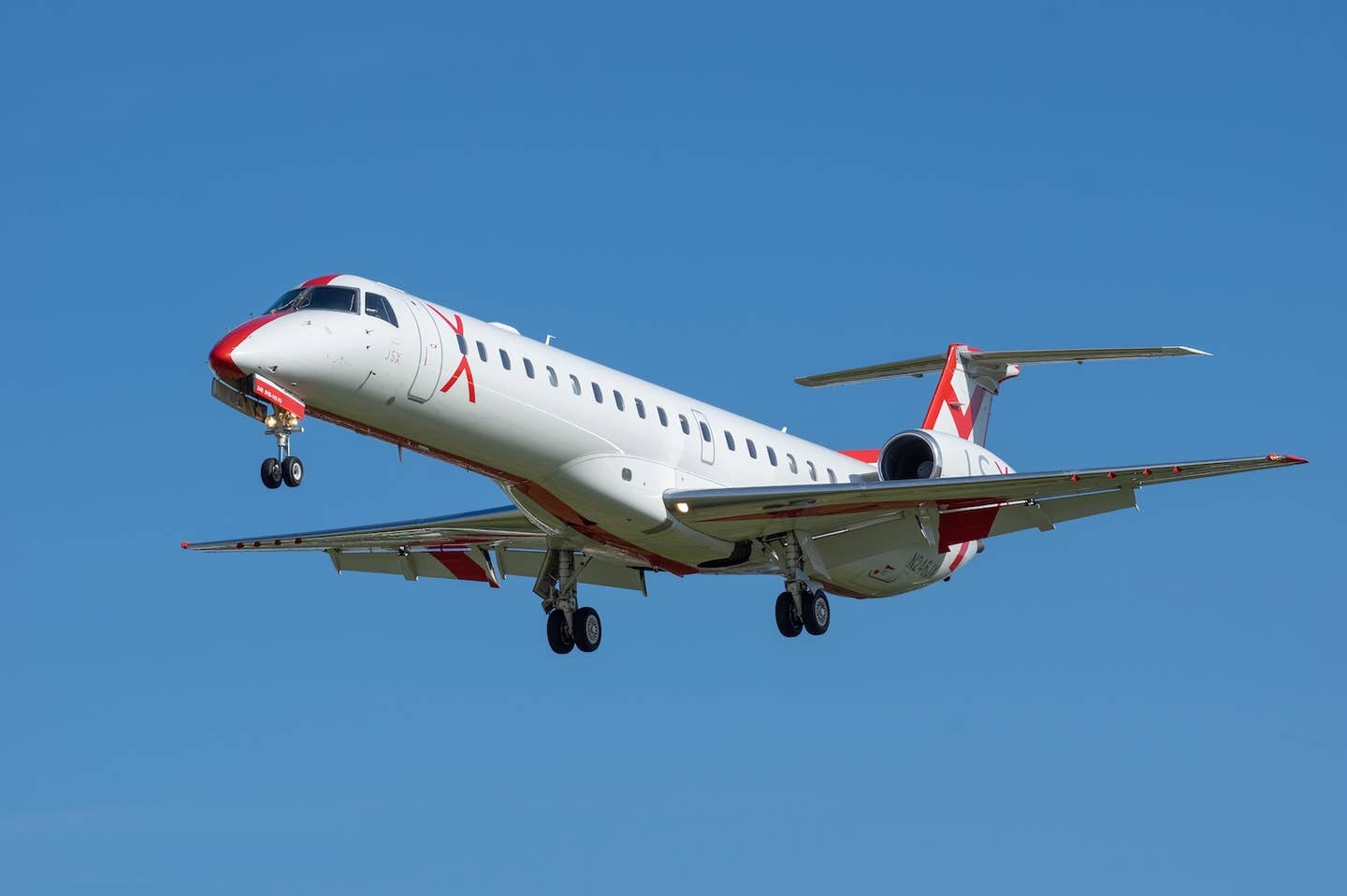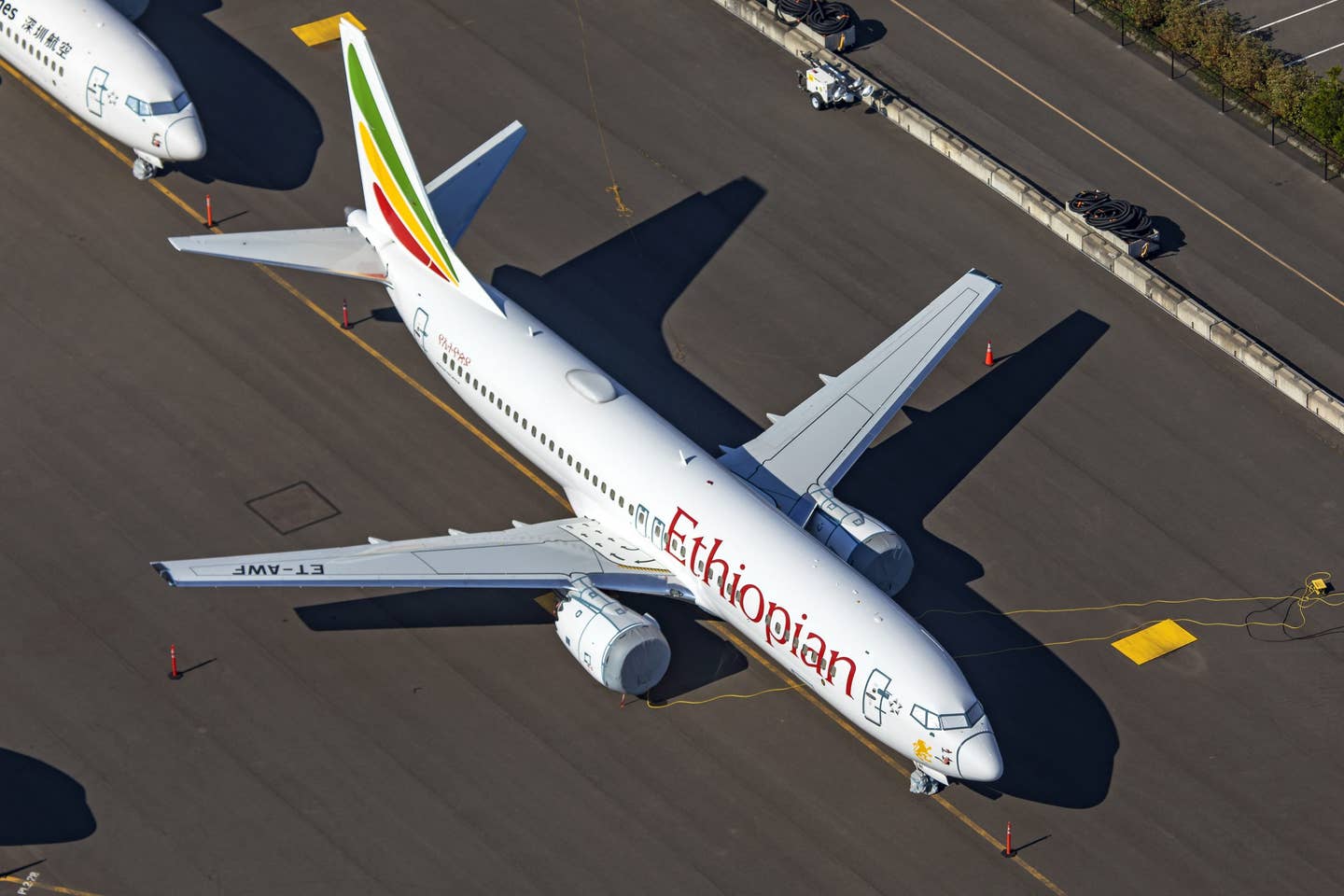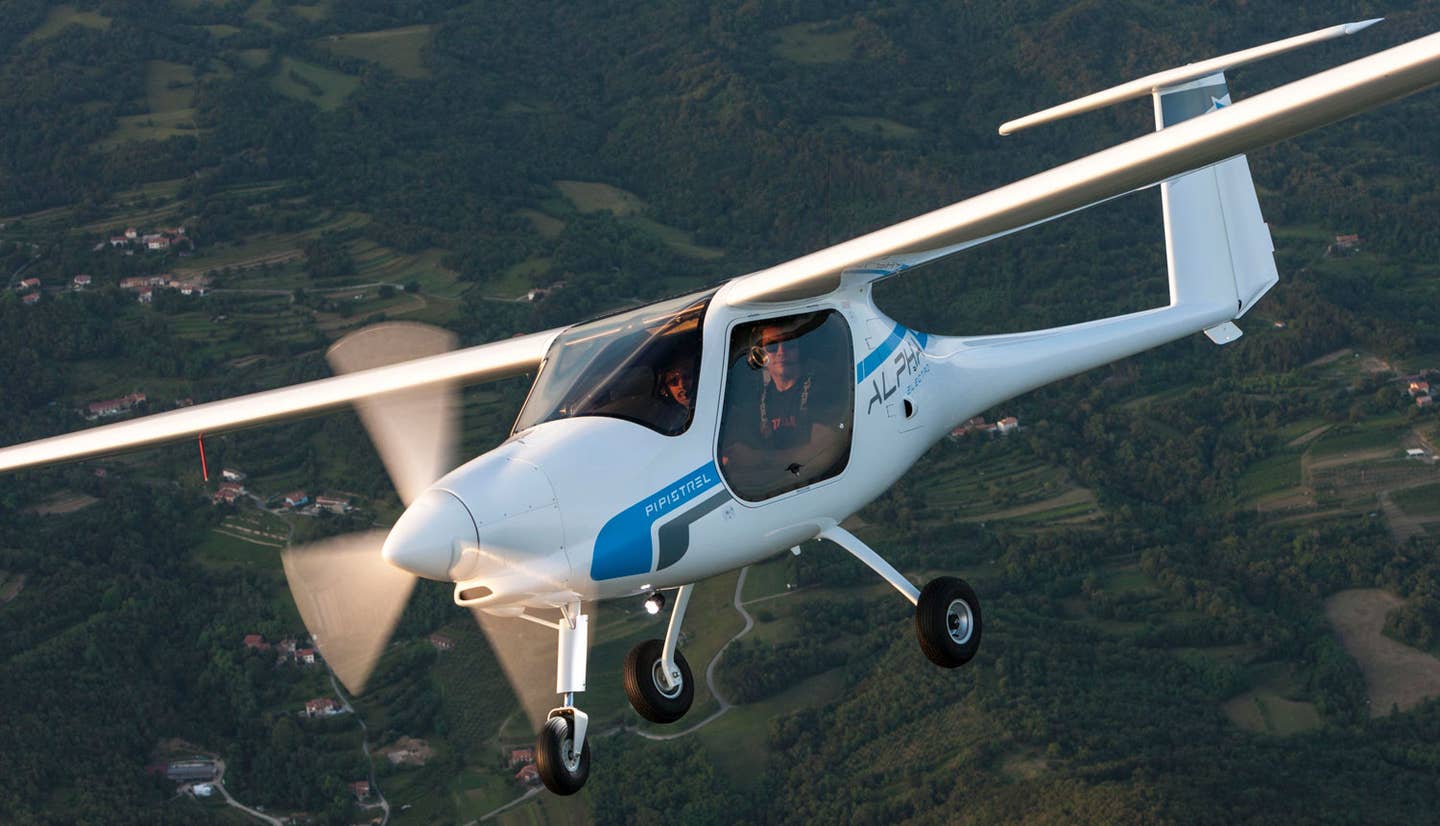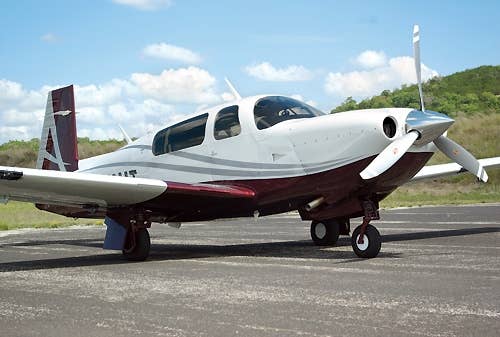
Mooney Acclaim Type S Robert Goyer
There are many things to love about the turbocharged Mooney Acclaim, more than 230 of those things, in fact, and the Type S follow-on has a few more to add to the mix, bringing the total, according to Mooney's accounting, to 242 ... knots, that is.
The Continental TSIO-550-equipped Acclaim has been around for a couple of years now, and it's been a great seller for Mooney. It was the successor to the Bravo, which was powered by a turbocharged 270 hp Lycoming TIO-540. I've had a chance to fly the Bravo, and it's a nice airplane, a near 220-knot cruiser at 25,000 feet that can do around 200 knots in the mid-teens, where most pilots wind up operating these airplanes.
The Acclaim, let me say right off the bat, is a lot faster than that, and the Acclaim Type S, which features some aerodynamic improvements to the original, is faster still.
Moreover, the Acclaim has been the beneficiary of a number of notable quality of life improvements, thanks to updates on the G1000 avionics suite that is standard on all Mooneys today. (The last models of the Bravo had the first iteration of G1000.) The latest Acclaim, I just learned today, is now available with Garmin's terrific Synthetic Vision Technology (SVT). Unfortunately, you'll have to read about that in a future story.
On the Acclaim Type S, Mooney asks the Continental engine to deliver just 280 hp, this from an engine type that cranks out 310 horses in at least one other current airplane. Given the Mooney's sleek lines, 280 horses is plenty. The airplane is very fast, as fast as some turboprop twins, in fact.
It's interesting to note that while the Acclaim competes with new designs in the form of the Cirrus SR22 G3 Turbo and the Cessna 400, the Mooney does almost everything in a very different way from those models. With the Acclaim you get a relatively compact, all-metal, retractable-gear airplane that appeals to people who are looking for truly personal transportation. Many writers and owners before me have compared the airplane to a sports car, and the comparison is certainly apt. You sit low in an Acclaim, as you do in a Lotus. Rather than "sitting in" the airplane, it's more like you're wearing it. Some passengers will love it. Others won't. Like just about everything else with the Mooney, it's a very subjective thing.
Faster
When Mooney introduced its Type S Acclaim last fall, it said that it indisputably had the fastest piston single in the world, with a top cruise speed of up to 242 knots, an improvement of nearly 10 knots over the original Acclaim. It had achieved this kind of speed increase by working into the design a number of aerodynamic enhancements, though it declined, like a Nascar team working under cover of night, to go into detail about it. For the record, the competition is the Cessna 400, which is just about as fast, though I haven't heard Cessna arguing that its airplane is faster than the Type S. Some 400s are probably a knot or two faster than some Acclaims.
These days Mooney is talking more freely about the aerodynamic mods, and though they aren't the stuff of great genius, they have the unusual effect, unlike many such mods, of actually doing what the company claims they will.
What are they? The most noteworthy (and if I had to put money on it, the most effective) is the addition of a new three-bladed Hartzell prop. There's a new, smaller but still very effective air inlet, flap gap seals, and cleaned-up gear doors and flap hinges. If you'd asked me before the fact if these changes would have made a 7-knot difference in speed, I'd have bet against it. But I'd have been wrong.
Nope, the result of the cleanup is an airplane that is noticeably faster than its predecessor by a good margin. I never saw the 242 knots that Mooney claims, but I'm sure some examples can do it. During the week I was flying the airplane, it was still pretty hot out, and even at 25,000 feet, it was considerably warmer than standard. On the day that I donned the mask and climbed the Acclaim up that high, I was able to wring 236 knots out of it at the best power setting, whereas the book said that I should have been able to get 240 knots true at the warmer than standard temperature.
It seems absurd, I should add, to apologize for 236 knots, so let me point out that 236 knots made me very happy indeed. And at 50 degrees lean of peak, I was still seeing 230 knots at 21 gph.
Now, if I were to operate an Acclaim on a regular basis I doubt I'd fly it up at 25,000 feet very often, except perhaps to take advantage of great tailwinds. I'm not alone in this and I have the same reasons as other pilots of turbocharged airplanes: I hate wearing a mask and, despite the airplane's excellent climb performance (800-plus fpm all the way up), it does take a while to climb to FL 250, especially when ATC steps you up along the way, as they are sure to do in many parts of the country. But that said, once you're up there, seeing 230-anything, and on a good day 240-plus, on the true-airspeed readout on the G1000 is a sweet thing to behold. And it's no mirage. I would, in fact, flight plan for something in the neighborhood of 232 knots were I going that high. This is one smoking airplane. With a respectable tailwind, you're looking at 270 knots or better.
But the biggest reason I'd stay down in the mid-teens is because the Acclaim does exceptionally well there. Heading from Midland, Texas, back home to Austin on one flight, I was at 17,500 (yes, VFR and almost completely alone in my airspace there). At that altitude on that day I was seeing 222 knots true on the display with, again, right around 21 gph fuel flow at 50 degrees lean of peak. And you can do much better in terms of fuel consumption, if you're willing to slow down a bit. At 16,500 on the way out to West Texas, I pulled the power back to 26 inches and 2400 rpm and got right around 205 knots at 18 gph with a total range of better than 1,000 nm and a fuel efficiency of better than 12 nm per gallon. Try that in a Suburban. And if I'd settled for even less speed and wanted to stretch the leg out, I could have easily flown from Central Texas to Southern California nonstop with the standard 100-gallon tanks, no less. The airplane is available with 130 gallons of fuel, though it's an option that not many customers opt for.
A feature that comes on every Acclaim are speed brakes, and they make flying the airplane a lot easier in a few different ways. Coupled with the three big speed brakes on the belly of the airplane (often referred to as landing gear), Acclaim pilots have some great tools to help in getting the airplane heading down when it's time to descend. And they allow you to do it without building up too big a head of steam, while still letting you keep the power reductions incremental and gradual. If you fly the airplane at the flight levels, you'll need the help. Few controllers seem to understand the difference between a pressurized airplane and a non-pressurized one. The difference, of course, is about 1,000 fpm in the rate of descent. The key in the Mooney is to think ahead, to beg for lower early, to use the speed brakes right off the bat and to reduce power judiciously as you descend to keep the speed from building too high. Even when I was given unrealistic sounding crossing altitudes on a couple of occasions, I was able to make them without having to descend at much more than 1,000 fpm. But you've got to plan ahead.
Mooney at Heart
The speed brakes also help in one other respect, in landing. You've probably heard that Mooneys are hard airplanes to land, and it's true. Unless, that is, you do things right, in which case they're easy to land. The key, as you know if you've flown them, is to control your airspeed. On landings where I did this, I was overjoyed with the result. On landings where I was a little fast, the results weren't pretty. By using the speed brakes, however, the airplane tends to float a lot less. By the end of the week I was using the blades on every landing. With them, speed control is still important, but slightly less so.
In all other ways, the Acclaim is a Mooney, and that means that people who love them adore them and people who don't wonder about the ones who do.
As I said, the airplane is compact, and while the shoulder room is generous, the overall cabin size is cozy, as is the case for the back seat too. The interior, on the other hand, is elegant, verging on luxurious, with nice leather with contrasting piping. It's a nice place to while away the hours as the terrain passes below you at an impressive rate.
As with all the Mooney models, the Acclaim comes with some impressive options, including a TKS anti-icing package that is approved for flight into known icing. You can also get air conditioning, which is something I pined for during my week with the airplane in the late Texas summer (which feels a lot like the worst summer day anywhere else). The addition of those two options, I might add, while contributing mightily to safety and comfort, combine to cut the useful load tremendously. So many buyers choose to do without them, putting up with the heat on warm days on departure and arrival -- it's nice and cool up high, remember -- while practicing prudence when it comes to the icing issue. Those who live in the ice belt, not surprisingly, are Mooney's best customers for the TKS, which for much of the year can be flown with little or no fluid in the tanks.
I think that's a good way to think about the Acclaim, as an unparalleled one/two-occupant long-range rocket, but maybe more importantly as an excellent regional airplane. This is very much, in fact, how I think of turboprops and how charter companies make use of them. One of the Mooney employees who regularly flies a company Ovation 3 airplane around the Southwest on the way to and from Big 12 football games -- tough gig, I know -- says that the airlines simply can't touch the Mooney for block to block times, not to mention overall convenience. And I believe it.
On a trip out to West Texas, the Mooney delivered me in comfort and high style in just a little longer than the airlines would have, but in a much shorter time when you factor in the lines and built-in wait times of airline travel. And the schedule was all mine.
It's an appealing way of travel on many levels, and I found myself quickly getting used to the speed, continental styling and turbine level systems of the airplane. Also, after a good flight in the airplane, I felt a real sense of accomplishment, what with managing oxygen, speed brakes, landing gear, and running the beautiful G1000 flight deck. It's a lot more than mere transportation, that's for sure, and Mooney customers genuinely appreciate this aspect of ownership, in addition, it goes without saying, to the speed.
On the fence next to the taxiway leading out of the Mooney production ramp, there's a sign that reads, "Fasten your seat belt." Some might take that as a simple safety reminder to the pilots heading out for the runway at Kerrville Municipal. But the real meaning, I'd venture to say, is this: "You're in a Mooney. Prepare to go fast."

Sign-up for newsletters & special offers!
Get the latest FLYING stories & special offers delivered directly to your inbox



